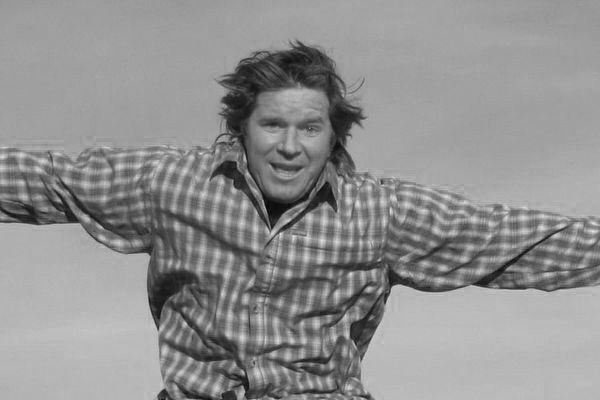
 Fred Williams
Brand Manager, Petersen’s 4Wheel & Off Road
Fred Williams
Brand Manager, Petersen’s 4Wheel & Off Road
Your engine rotates so your tires can rotate, but after your engine rotation goes through the transmission, transfer case, and driveshafts it has to make a 90-degree turn to continue out your axleshafts to your tires. Ring-and-pinion gears are responsible for this 90-degree turn, and that’s not all.

The ring-and-pinion gearset multiplies the effective power of the engine through the gear ratio. This torque multiplication can affect the performance of the 4x4 by compensating for taller tires, helping weak engines crawl over tall trail obstructions, and keeping the engine in its power band at high speeds. With so much riding on the ring-and-pinion, it’s important to understand how they work.
PhotosView SlideshowA reverse-cut high-pinion is not Just an upside-down low-pinion!
One of the biggest points of confusion we encounter in our Nuts & Bolts column is about high-pinion or reverse-cut axles. A high-pinion axle is not just a low-pinion axle flipped upside-down. If you flip any axle upside-down and turn the pinion the same direction, the axleshafts will turn backward, as the ring gear is now on the opposite side of the pinion. Secondly, you cannot flip a low-pinion housing upside-down and use high-pinion reverse-cut gears in it to make it a high-pinion. The gears will not mesh due to the direction of the gear cut. Finally, a reverse-cut axle and gearset is primarily designed for front axle use. Using a high-pinion gearset in the rear of a vehicle actually reduces its strength by 15-30 percent.

In addition, the term reverse rotation is a misnomer. The rotation of the gears is the same as a standard set, but the direction of the gear cut is the reverse of a standard-cut gear, hence the term reverse-cut.
Geared up for more?
Gears and gear ratios are just a portion of the amazing technology of axles. One of the best sources for this story and even more gear and axle technology is the book Differentials: Identification, Restoration & Repair by Jim Allen and Randy Lyman. It can be purchased through Randy’s Ring and Pinion (see “Sources”).






 PhotosView Slideshow
PhotosView Slideshow





